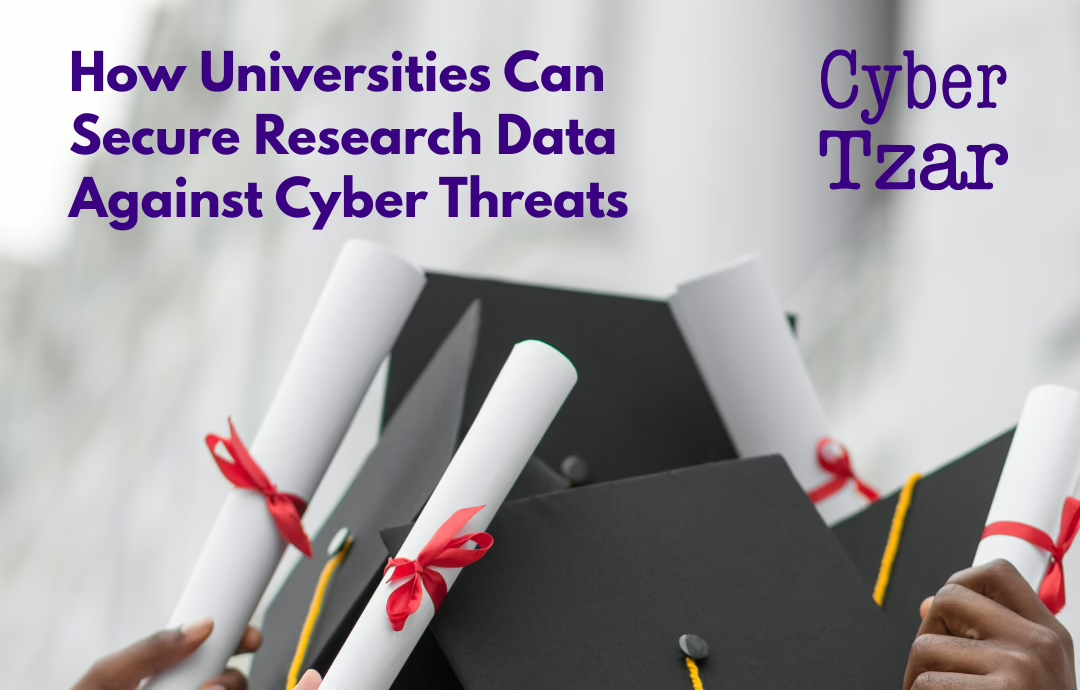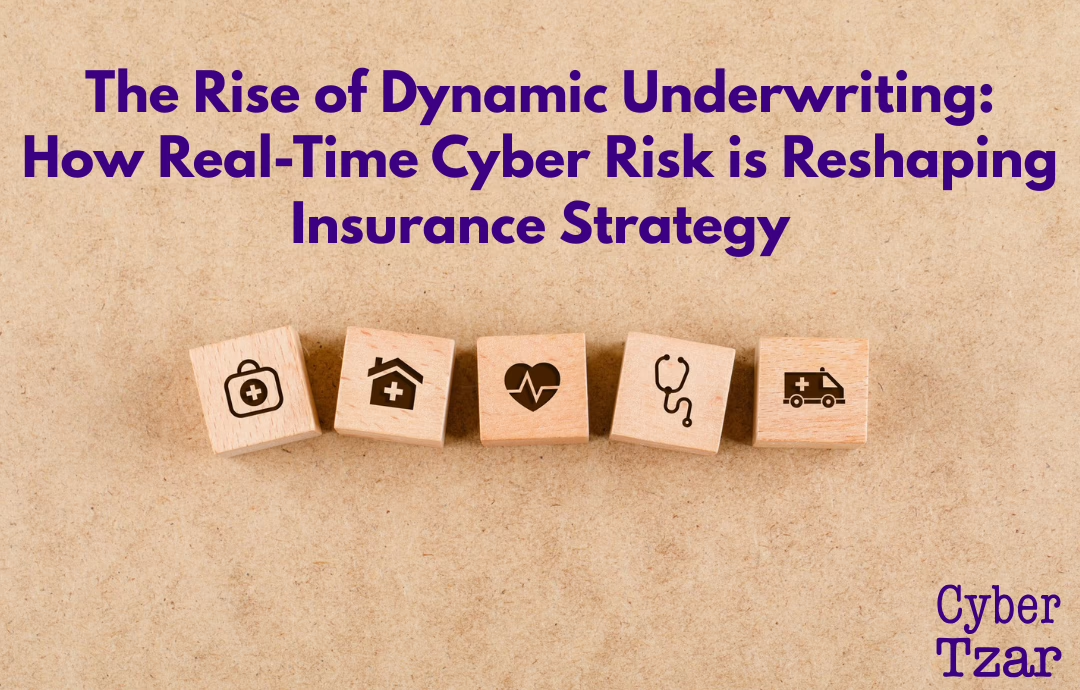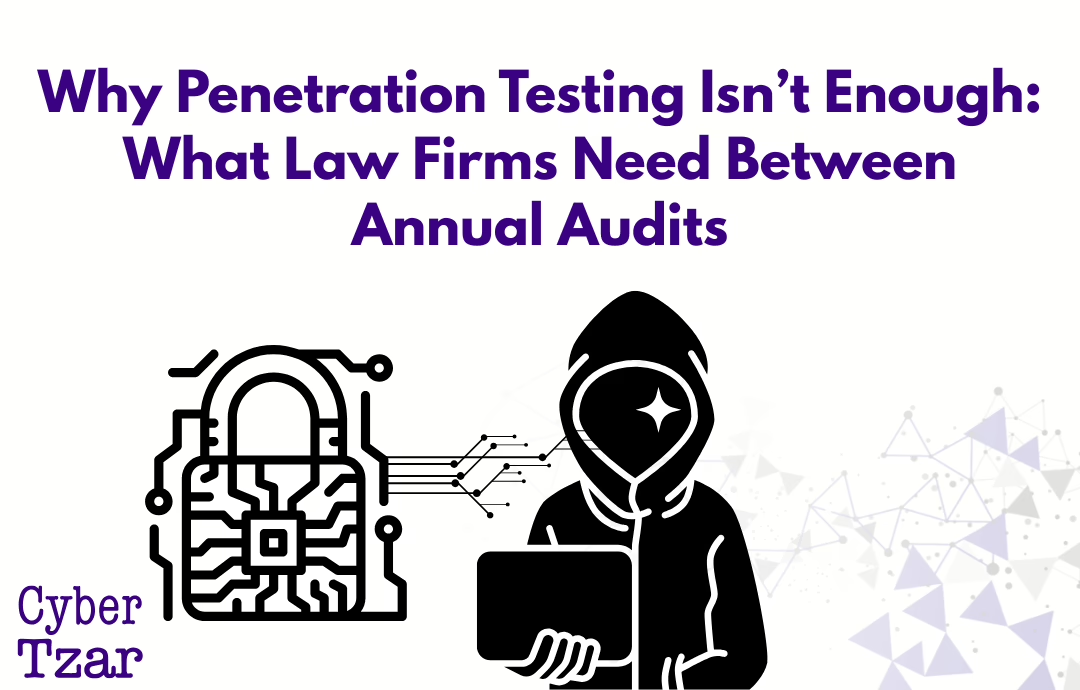For UK universities, research is more than a pillar of reputation — it’s a multimillion-pound enterprise. Whether funded by government, industry, or charities, research projects often generate sensitive intellectual property, valuable datasets, and findings with commercial and national significance.
But with that importance comes risk. Cybercriminals — including state-backed actors — increasingly target universities not just to steal data, but to undermine competitive advantage, intellectual sovereignty, and trust.
And yet many research departments still treat cybersecurity as an IT issue, not a research governance concern.
What Makes Research Data So Vulnerable?
🔓 Fragmented responsibility – Different faculties may store, share, or secure data in inconsistent ways.
🌍 International collaboration – Working with overseas institutions or researchers introduces jurisdictional and technological risks.
💾 Large data volumes – Universities often manage petabytes of raw data, analysis, and backups — often stored with little oversight.
📥 Use of external platforms – Cloud tools, open-source software, and third-party repositories can introduce silent exposures.
🧪 Speed vs security – Research teams may prioritise progress over process, especially when grant timelines are tight.
The result is a growing cyber attack surface — and in some cases, a blind spot for university leadership.
Case Examples
🎓 A Russell Group university lost several months of genomics research after a ransomware attack affected an unpatched storage server.
🎓 A UK university partnering on defence-adjacent research was targeted via a phishing campaign impersonating a funder.
🎓 A machine learning dataset on medical diagnostics was leaked after a researcher uploaded it to an unprotected file-sharing site.
In every case, the damage was reputational, operational, and — in some cases — irreversible.
Five Steps to Strengthen Research Data Security
-
Classify your data – Not all research is equal. Some projects involve public data; others handle sensitive commercial or national material. Start with classification.
-
Secure access – Limit data access to only those who need it. Ensure authentication is strong and regularly reviewed.
-
Assess third-party tools – Do your collaborators, storage platforms, or analysis services meet basic cyber standards (e.g. Cyber Essentials, ISO 27001)?
-
Use secure collaboration environments – Especially for sensitive or cross-border projects. Avoid shadow IT tools like free cloud services or personal Dropbox accounts.
-
Train researchers – Academic excellence doesn’t always mean cyber awareness. Deliver briefings and templates to guide safe handling.
How Cyber Tzar Supports University Research Governance
Cyber Tzar helps research-intensive universities build clarity and control across complex digital estates.
✅ Scan research infrastructure for vulnerabilities
✅ Map and monitor suppliers, collaborators, and third-party platforms
✅ Benchmark cyber posture against peer institutions
✅ Generate board-ready reports aligned with governance and funder expectations
Whether you’re bidding for Horizon Europe, Innovate UK, or private funding — cyber risk is now part of the proposal, and part of the defence.
🔬 Want to understand your research risk exposure?
Start a scan tailored to university environments at cybertzar.com



